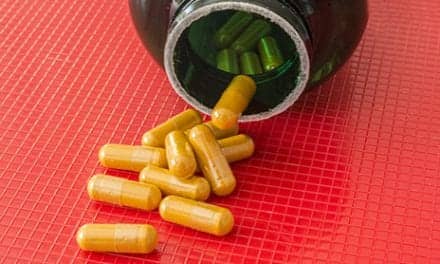
During my professional career, I’ve had numerous opportunities to attend—and work at—technical meetings and trade shows. The industries and disciplines represented at these gatherings have ranged from architectural coatings to laboratory equipment to chemistry in general—divergent fields, but their shows had much in common for me: While they were hectic and exhausting, I met many wonderful people and I learned a lot. I didn’t even resent that it took me a week or more to catch up with my work after I returned to the office.
Now it’s September 2005, and this month I’m going to not one, but two plastic and reconstructive surgery technical meetings and trade shows: ASPS’s Plastic Surgery 2005 in Chicago, where I grew up, and the AAFPRS Annual Fall Meeting in Los Angeles, where I live. The chances are pretty good that if you’re reading this, you’re going to one or both of these events as well (see page 16 for a preview of these events).
Let’s examine what they can and will accomplish for you.
If you’re a surgeon or dermatologist, one of your main goals is most likely to attend as many technical presentations and teaching courses as possible to learn about new procedures and techniques. On top of this, you may be presenting one or more papers, which will give you a chance to share your own innovations with others as well as to get yourself better known in the medical community. Outside of the talks, you will want to spend as much of your “spare time” as possible in the exhibit hall to inspect what’s available in the way of instruments, technology, and business tools. Finally, you’ll certainly want to take advantage of the social events to interact with your fellow practitioners for professional purposes and, of course, relaxation.
If you’re a provider of products and services to plastic surgery and aesthetics professionals, these meetings are, of course, key opportunities to make yourself known to potential new customers or to get caught up with existing ones. You need to be at your bright and shiny best, because you don’t often have a captive audience that comprises your customer base. Whether you will introduce a knock-’em-dead new product, promote show specials on your existing ones, or both, if you aren’t completely exhausted by the end of the show, you haven’t done your job.
So—if you’re flying in, slog your way through check-in and security; if you’re driving, battle the traffic and suffer the fuel prices. But get there—It’s not your “real” job, but it’s one of the most important jobs you’ll do all year.



